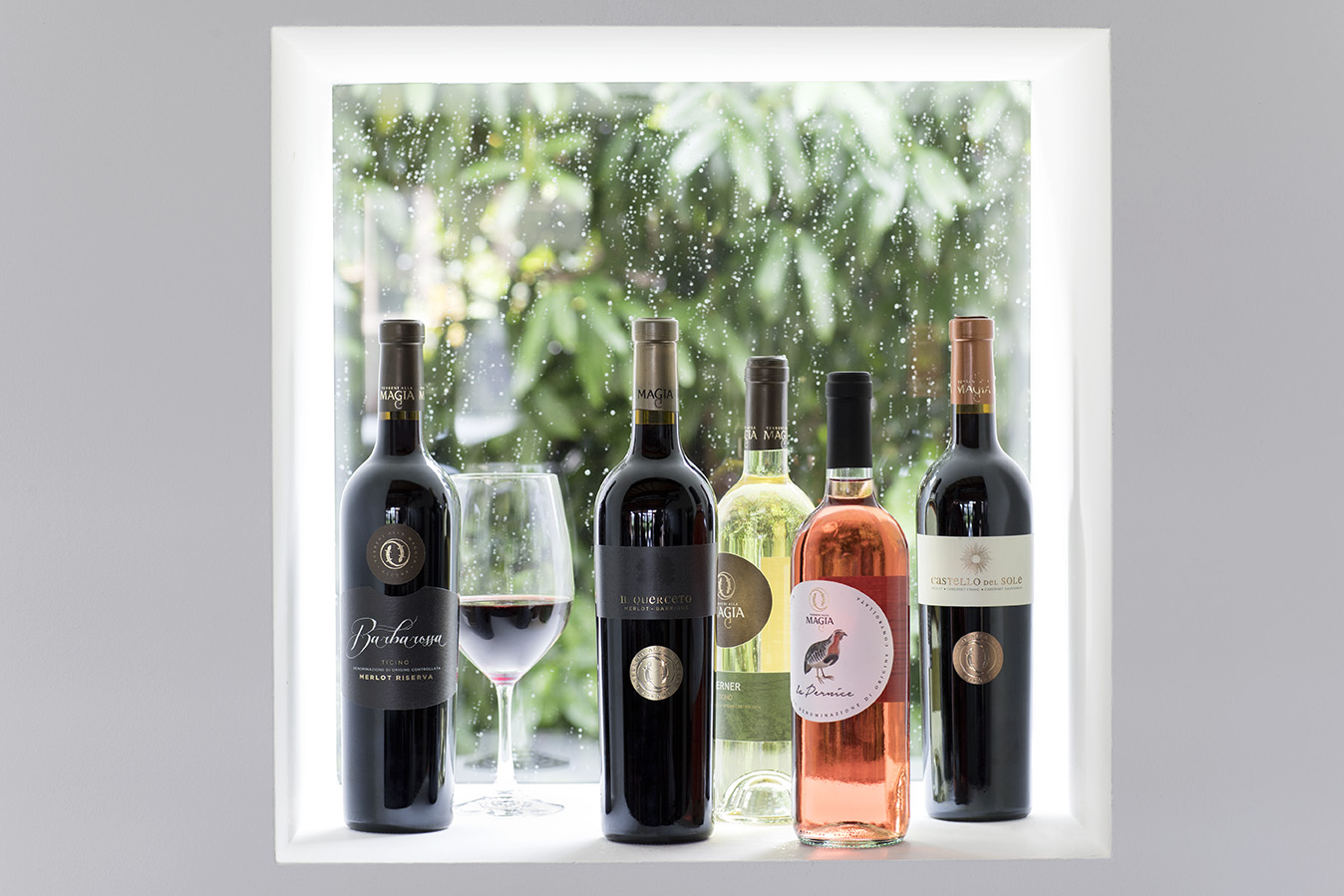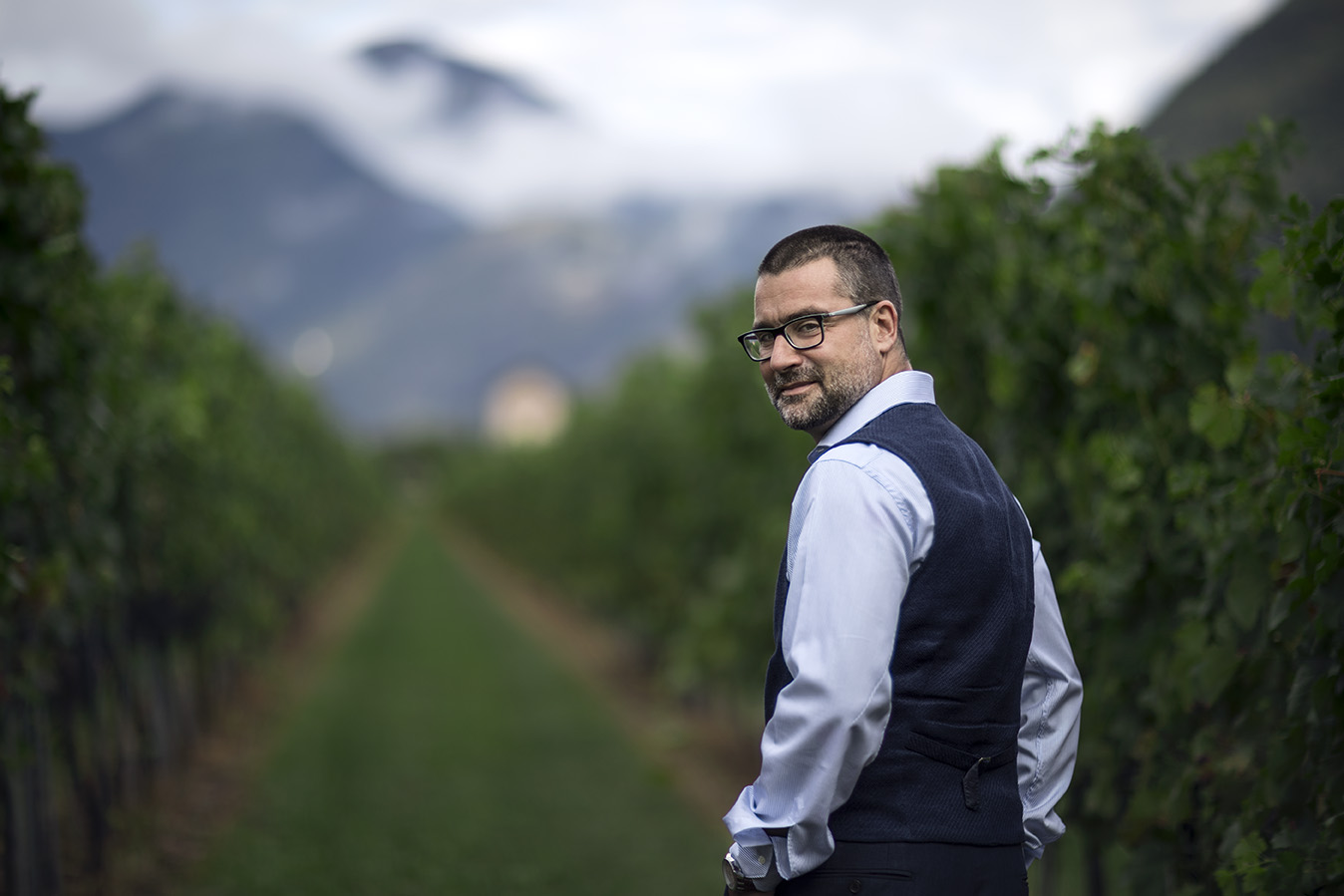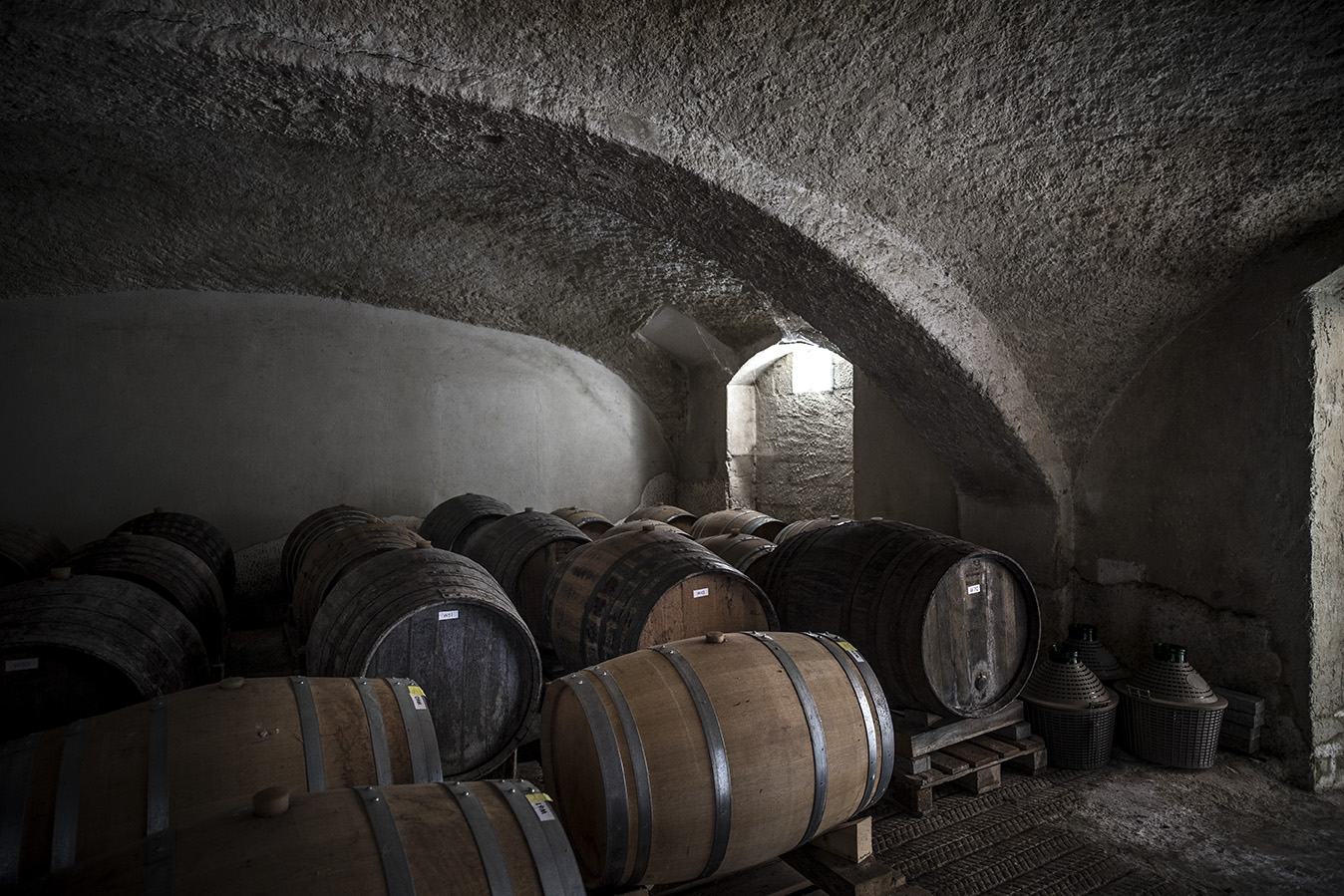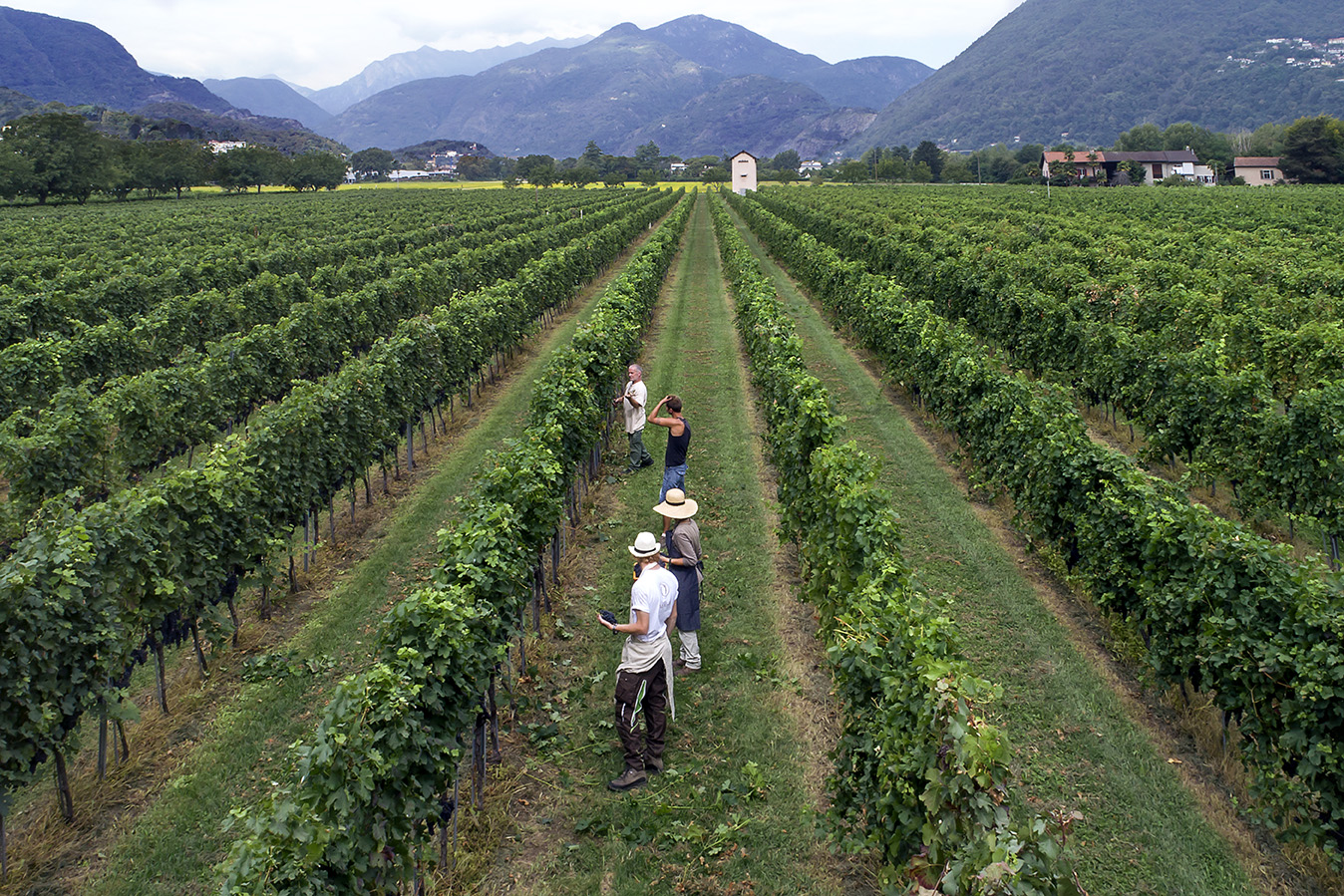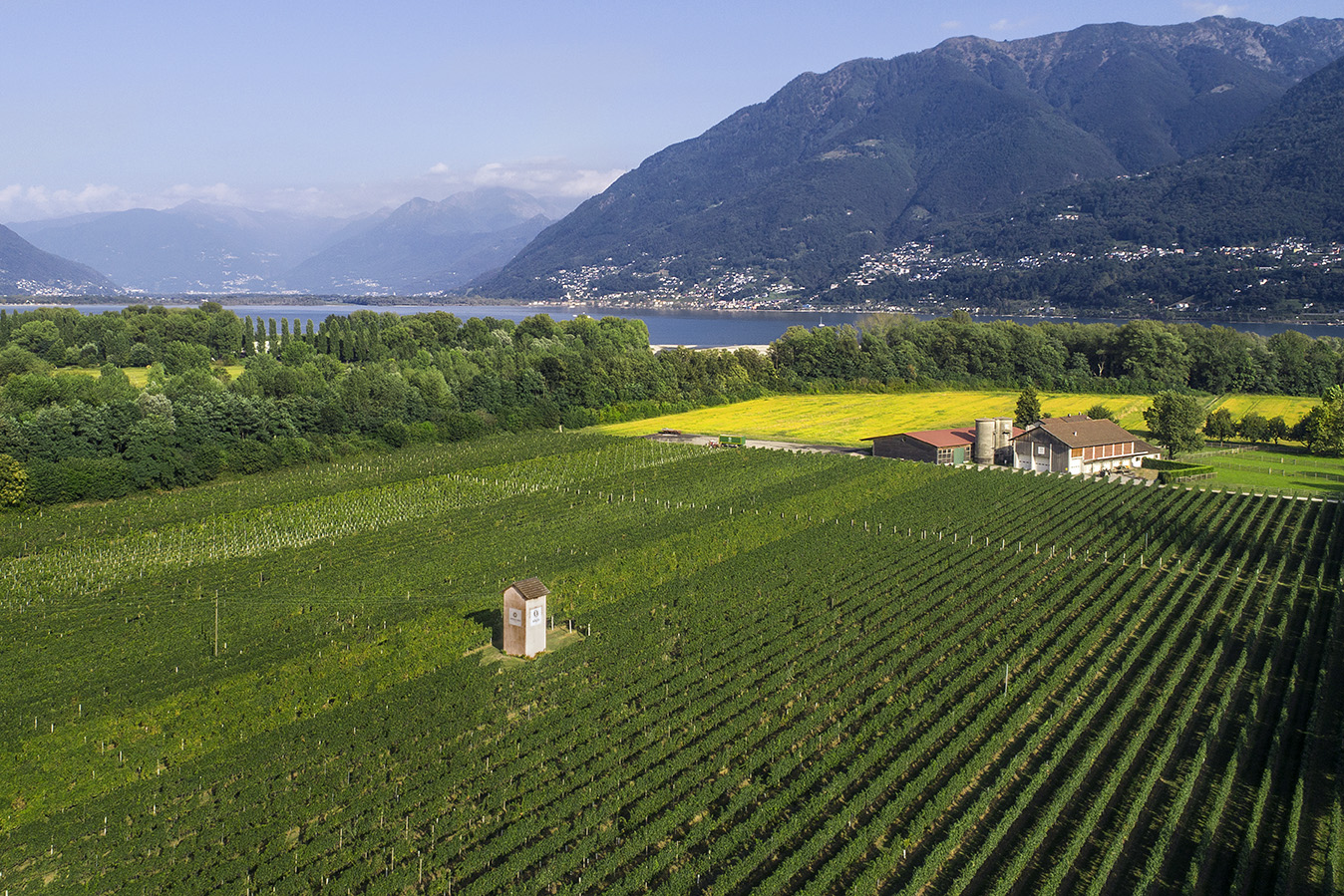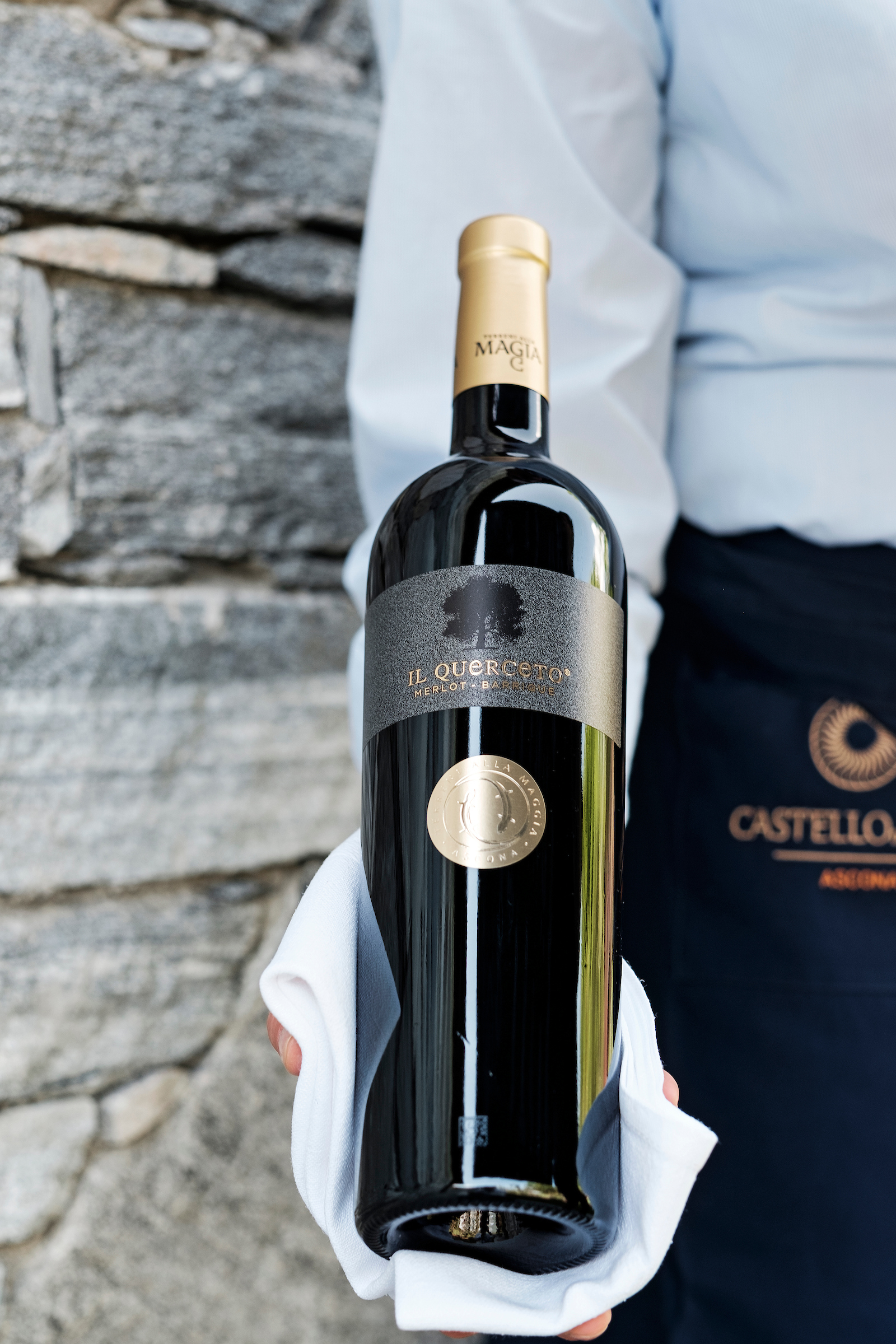Fabio Del Pietro is someone who doesn’t run away from a difficult task. That is why he doesn’t just plant the usual Merlot and Chardonnay vines at the Terreni alla Maggia, but also Bondola and Kerner.
To say that wine flows through Fabio Del Pietro’s veins ... well, it would be a great beginning to a wonderful story. But it wouldn’t be quite right. Although he was born and raised near the Terreni alla Maggia, his father worked in the steel sector.
And yet: “My grandfather belonged to the generation that drank wine every day without ever getting drunk”, says the director of the Terreni alla Maggia with around 10 hectares of grape vines. “But that was another era, another wine and a very different alcohol content”, he adds. Later, wine was drunk in his home only on Sundays, celebrations and public holidays.
Where does this fascination with wine come from? “I have always been fascinated by complex things and tasks”, says Del Pietro. “And there is hardly anything more complex than wine”, the agronomist and sommelier adds. “Simply the fact that several hundred different substances make a wine taste and smell the way it does testifies to that.” We are sitting at the edge of the vineyards, which stretch out flat into the distance, and watching the sun set. The light is soft, the snowy mountain peaks are glowing red. Del Pietro opens a bottle of Bondola and says, “There are so many things I can influence in a wine. And many more things that I cannot.” The location on the lake shore is one of the givens. Also the sandy soil which the Maggia river brought down from the mountains until it was tamed in 1890.
But there are still plenty of unpredictable factors: “How will the vines grow this year? Is the warm north wind coming? How will the weather be? How much rain will there be? How much moisture will come from the lake? Will there be a cold snap?” And finally there is the skill, the knowledge and the experience: “When should we harvest? Do we store the wine in an oak barrel? If so, for how long? When does the wine reach its equilibrium, the state in which all forces come into balance?” Wine growing, it turns out, is quite a challenge.
I drink the next sip of Bondola with much more ... respect? The Bondola, this survivor of the phylloxera plague that at the end of the 19th century wiped out almost all indigenous grape varieties and brought great misery on the Ticino population. At that time the Ticino Merlot culture was established. Merlot is still the most common grape variety grown here. But some plants — including the Bondola or the Bondoletta — have survived. Merlot plays a leading role on Del Pietro's soil. But he also continues to cultivate indigenous varieties with a mixture of curiosity and dedication. “No, not out of sentimentality, but because I want to see how it develops, what I can do with it”, he says.
The Bondola grape is sensitive — it has a very thin skin and is therefore prone to gray mould.
He produces only about 3,500 bottles of light wine of the Bondola variety. It shimmers violet,
tastes of berries, does not make the drinker tired and suits the evening mood very well.
Another rarity is the White Kerner, a grape with a lovely story: “It used to be called the White
Herald”, says Del Pietro. “Then it was renamed in honour of the wineloving poet Justinus
Kerner.” The Kerner, as we find out later during aperitif, has an aroma of exotic fruits, verges
very slightly on sweet and is an ideal accompaniment to our asparagus and seafood.

No, we are not drinking our way through the dozen or so different Ticino wines from white to federweisser, rosé and red, but at some point we end up at Ristorante Tre Stagioni with a roast made from organic beef, on first name terms and on the Querceto: 100 percent Merlot, elegant, fine, with a woody nuance, roasted aromas, fullbodied, persistent, balanced and exactly as Fabio said: complex.
Text: Franz Bamert
Photos: Claudio Bader / Archive The Living Circle
The Living Circle – is a hand-picked group of first-class hotels and restaurants in incomparably beautiful locations, run by dedicated hosts. Rice, vegetables, fruit and a whole array of exquisite products – including wine, of course – is whisked fresh from our own farms directly to your table. That is how we define luxury. That is The Living Circle – luxury fed by nature.
